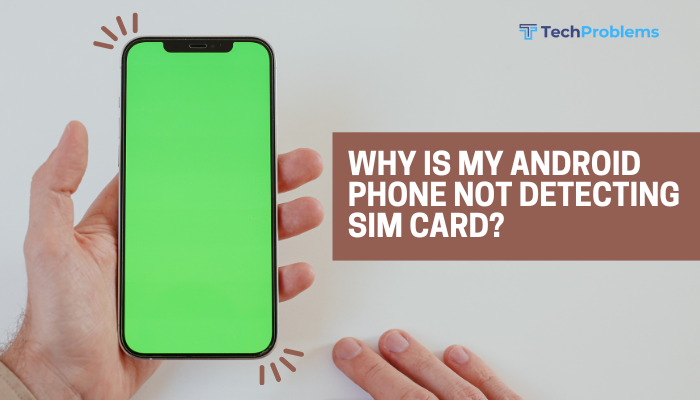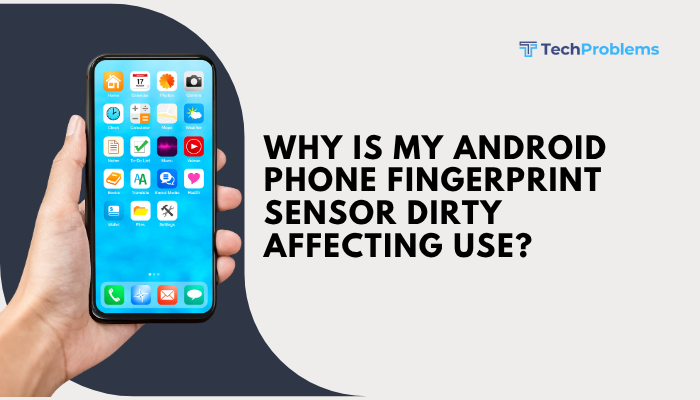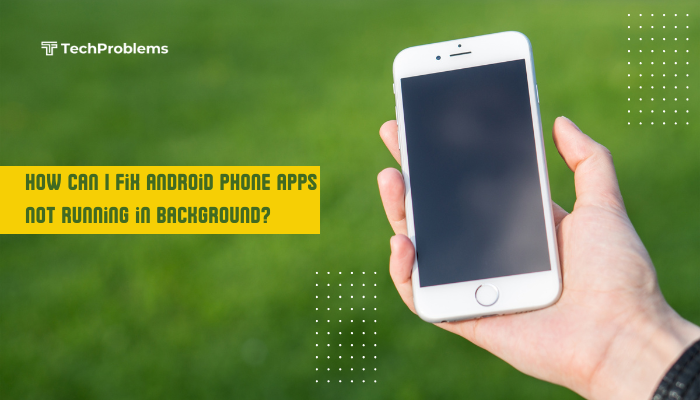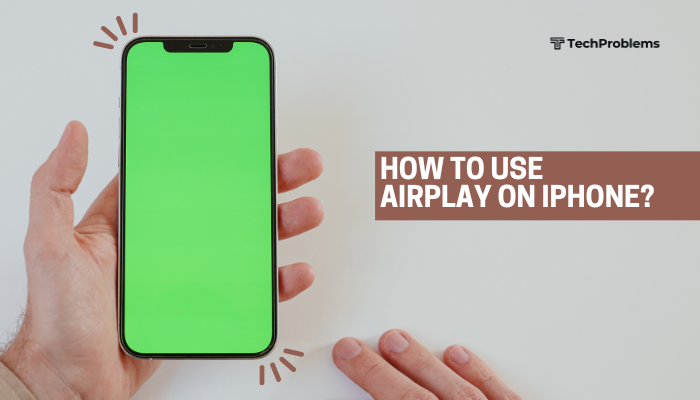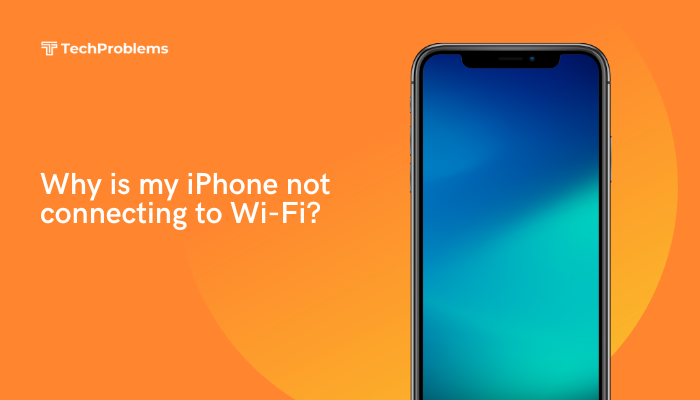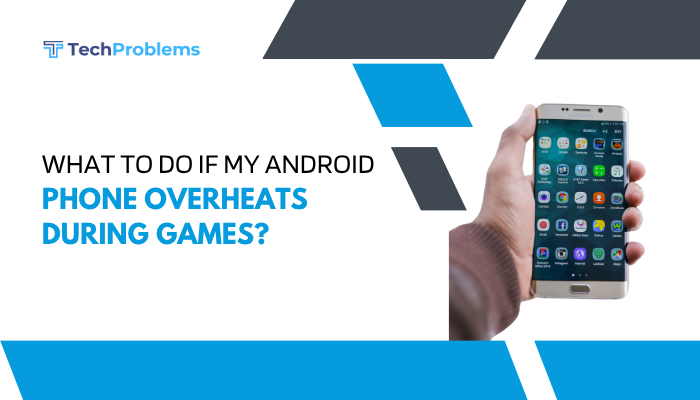A slow internet connection on your Android phone can be incredibly frustrating—especially when streaming videos, browsing websites, downloading files, or using social media apps. While internet speed depends on your service provider and location, many common causes of lag can be fixed directly on your Android device.
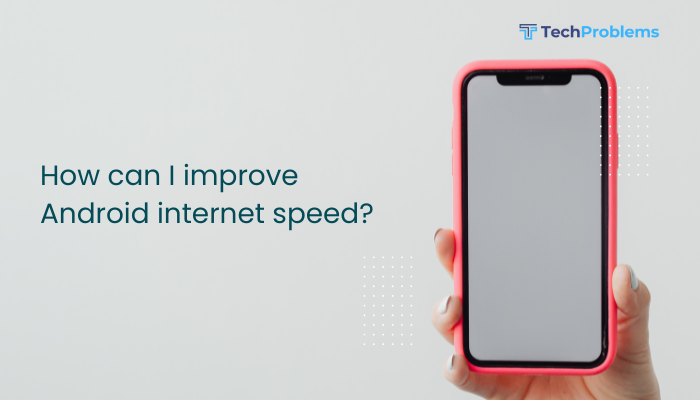
This comprehensive guide outlines practical ways to boost internet speed on your Android phone, covering Wi-Fi, mobile data, and general performance tips.
📌 Common Causes of Slow Internet on Android
- Poor Wi-Fi or cellular signal
- Too many background apps consuming data
- Outdated or buggy apps
- Corrupted cache or DNS settings
- Data saver mode or restricted background data
- Network congestion or throttling
- Malware or VPN interference
✅ Step-by-Step Tips to Improve Android Internet Speed
Restart Your Phone
A simple reboot can clear temporary bugs and network conflicts.
- Hold the Power button
- Tap Restart
- After restarting, test your internet speed
Switch Between Wi-Fi and Mobile Data
If one network is slow, the other might be faster.
To switch:
- Swipe down the Quick Settings panel
- Turn Wi-Fi off to use mobile data or vice versa
Tip: Avoid using weak Wi-Fi signals—they often perform worse than mobile data.
Forget and Reconnect to Wi-Fi
Sometimes, reconnecting to your Wi-Fi network refreshes the connection.
Steps:
- Go to Settings > Network & internet > Wi-Fi
- Tap your network > Forget
- Reconnect by entering your Wi-Fi password
Clear Cache of Problematic Apps
Corrupt cache can cause apps to load slowly or fail to connect.
To clear cache:
- Go to Settings > Apps > [App name]
- Tap Storage & cache
- Tap Clear cache
Repeat for browsers or social media apps like Chrome, Instagram, or YouTube.
Use Lite or Optimized Versions of Apps
Heavy apps can slow down internet performance. Try using:
- Facebook Lite
- Instagram Lite
- YouTube Go
- Opera Mini or Brave browser
These apps use less data and load faster, especially on slower networks.
Disable Background Data for Non-Essential Apps
Apps running in the background consume data and slow your connection.
To restrict background data:
- Go to Settings > Apps > [App Name] > Mobile data & Wi-Fi
- Toggle off Background data
Do this only for apps that don’t need to sync constantly (like games or shopping apps).
Enable Data Saver Mode (Selective Use)
Use Android’s built-in Data Saver to limit background data usage.
Steps:
- Go to Settings > Network & internet > Data Saver
- Toggle it ON
You can allow essential apps (e.g., WhatsApp) to bypass Data Saver.
Change Your DNS Settings
Using a faster DNS server can improve browsing speed.
Steps:
- Go to Settings > Network & internet > Private DNS
- Select Private DNS provider hostname
- Enter: dns.google or 1dot1dot1dot1.cloudflare-dns.com
- Tap Save
This can speed up DNS lookups, making websites open faster.
Update System Software and Apps
Outdated software can slow down network performance.
To update:
- Go to Settings > System > Software update
- Install available updates
- Also open Play Store > Manage apps & device > Update all
Disable VPN or Proxy Services
While VPNs help with privacy, they can reduce speed due to encryption.
- Turn off VPN apps and test your speed
- Only use VPNs with high-speed servers if needed
Avoid Network Congestion
Too many devices on the same Wi-Fi can cause slow speeds.
Tips:
- Disconnect unused devices from the network
- Place your phone closer to the router
- Avoid downloading large files during peak hours
If using mobile data, check if your provider is throttling your speed after a data cap.
Install Speed Booster Apps (Optional)
While many are gimmicks, a few can help optimize your network:
- Net Optimizer
- Internet Booster & Optimizer
- WiFi Analyzer (to find the fastest channel)
⚠️ Avoid booster apps with intrusive ads or poor ratings.
Reset Network Settings
If your connection is consistently slow, reset all network configurations.
Steps:
- Go to Settings > System > Reset options
- Tap Reset Wi-Fi, mobile & Bluetooth
- Confirm and restart your phone
You’ll need to reconnect to Wi-Fi networks afterward.
📊 Bonus Tip: Test Your Internet Speed
Use tools like:
- Speedtest by Ookla
- Fast.com (Netflix)
- Google “speed test”
This helps you monitor real-time performance and confirm if changes helped.
🛠️ When to Contact Your Service Provider
If you’ve tried all the steps and speeds are still slow:
- Your SIM might need replacing
- There may be network outages in your area
- You may be experiencing data throttling
Contact your carrier for plan upgrades or troubleshooting.
✅ Conclusion
Slow internet on Android phones is usually caused by weak signals, background apps, or outdated settings. You can boost your connection by switching networks, clearing cache, using optimized apps, changing DNS, or updating your system.
With these easy tips, you can enjoy faster browsing, smoother streaming, and fewer delays. If nothing improves your speed, it may be time to upgrade your data plan or change service providers.

